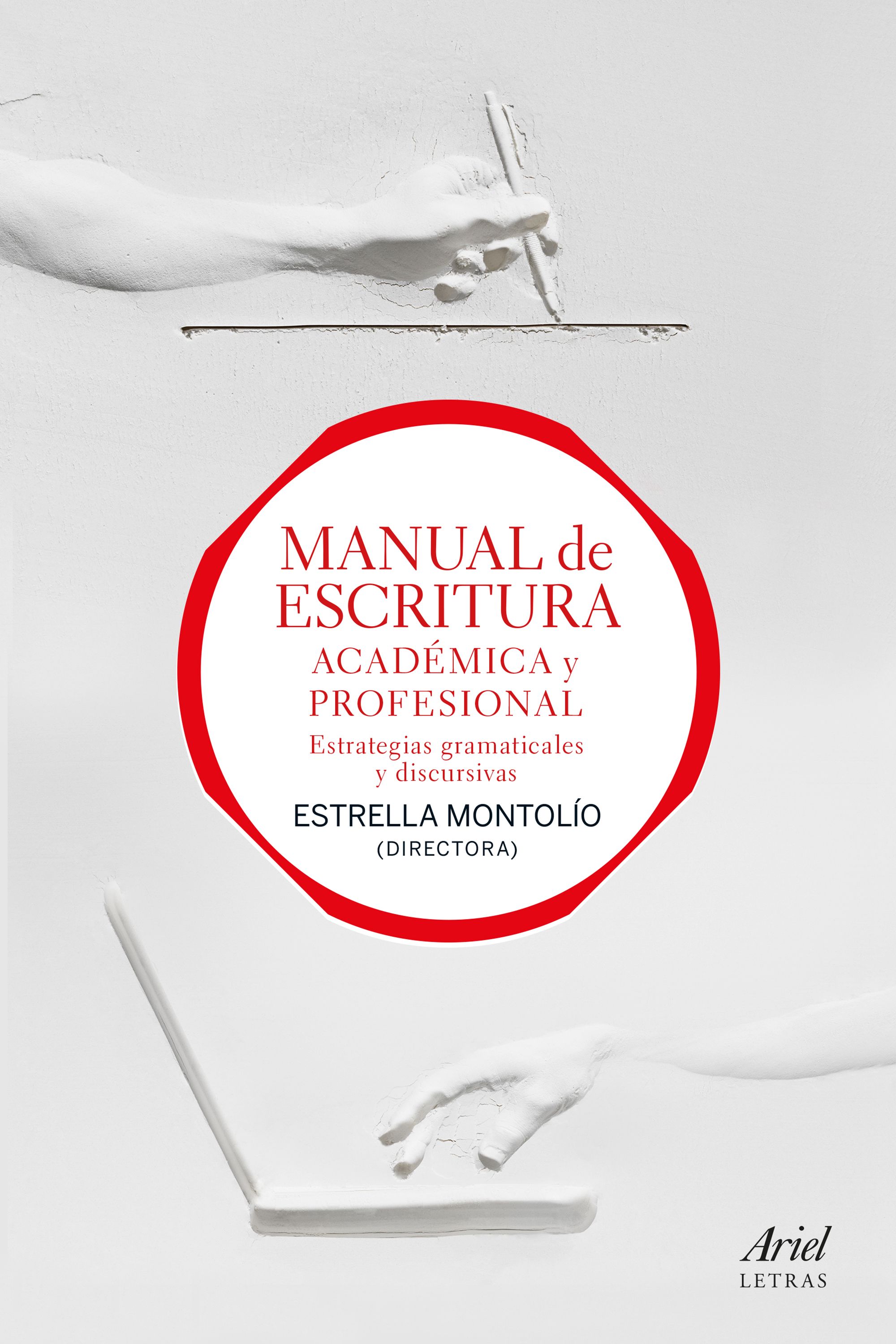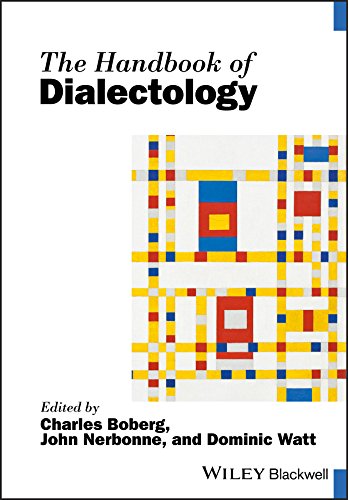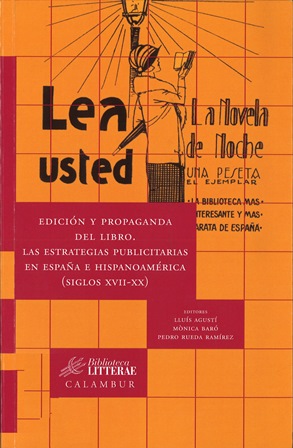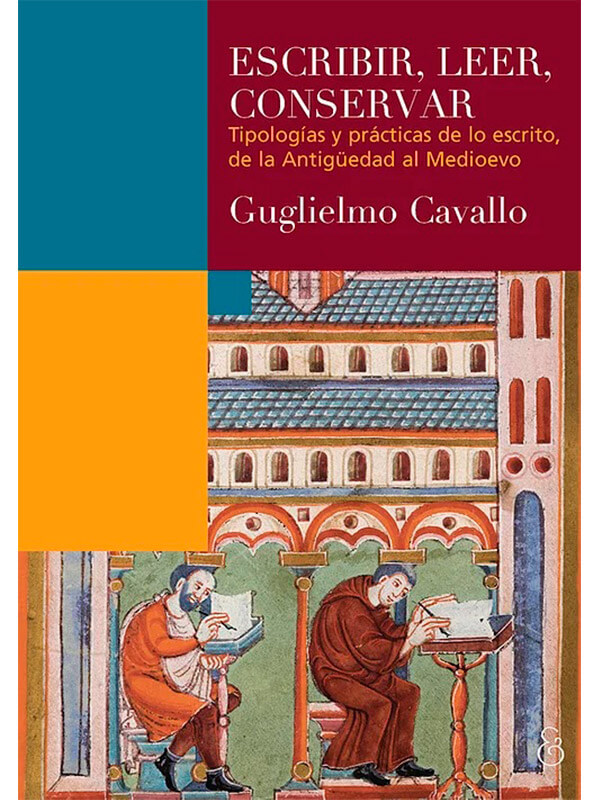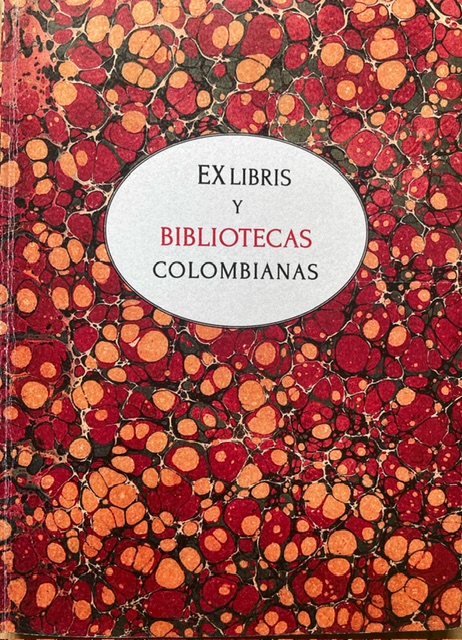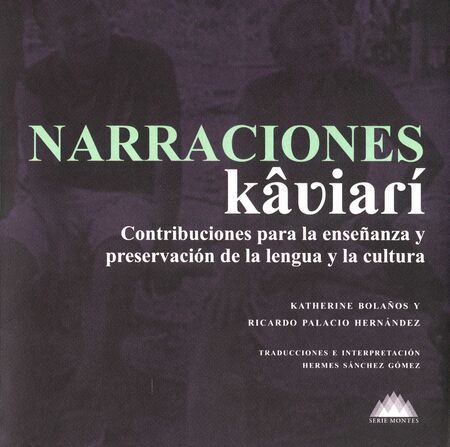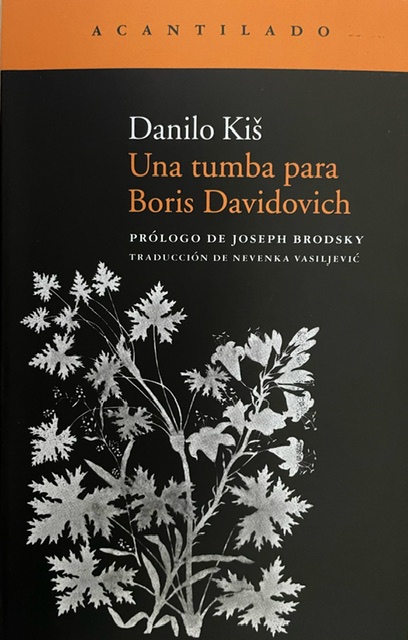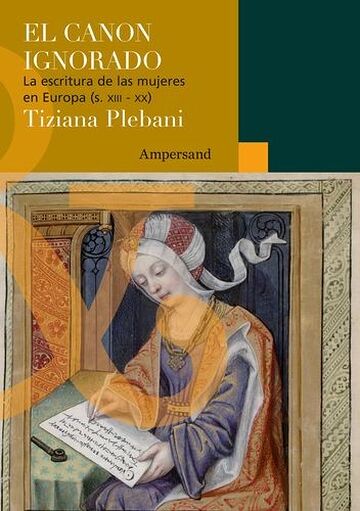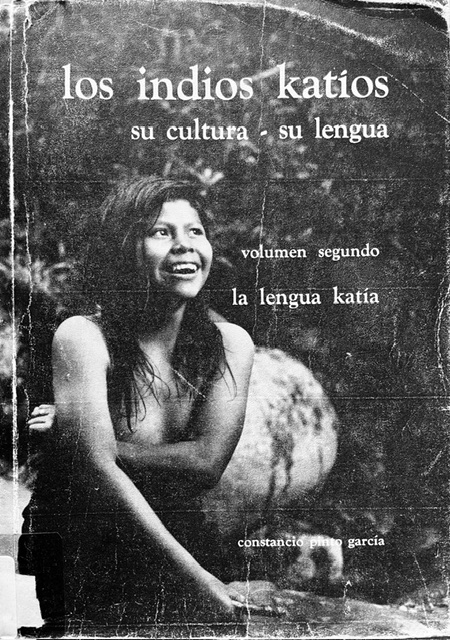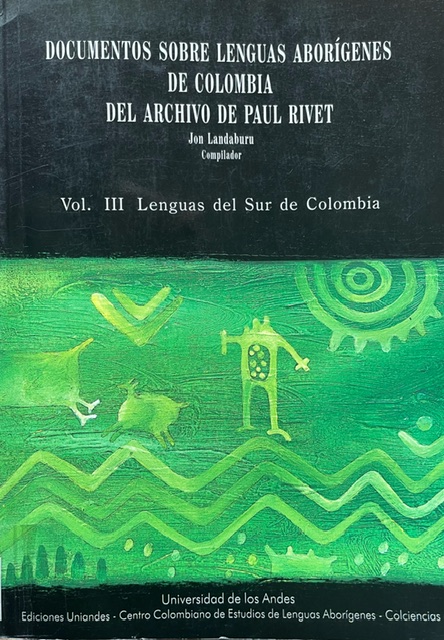| 000 -Líder |
|---|
| Campo de control de longitud fija |
04659nam a22002297a 4500 |
| 003 - Identificador del número de control |
|---|
| campo de control |
CO-BoICC |
| 005 - Fecha y hora de la última transacción |
|---|
| campo de control |
20191007120421.0 |
| 008 - Elementos de longitud fija -- Información general |
|---|
| Campo de control de longitud fija |
191007t2015 xxka|||fr|||| 00| 0 eng d |
| 020 ## - ISBN |
|---|
| Número Internacional Normalizado del libro (NR) |
9780521616850 |
| 040 ## - Fuente de catalogación |
|---|
| Agencia de catalogación original |
CO-BoICC |
| Idioma de catalogación |
spa |
| 041 0# - Código de idioma |
|---|
| Código de idioma para texto/pista de sonido o título separado |
eng |
| 082 04 - Número de clasificación decimal Dewey |
|---|
| Número de la edición |
22 |
| Número de clasificación |
901 |
| Signatura librística |
L917 |
| 100 1# - Entrada principal -- Nombre personal |
|---|
| Nombre personal |
Lowethal, David |
| 245 14 - Mención del título |
|---|
| Título |
The past is a foreign country - revisited |
| Mención de responsabilidad, etc. |
David Lowenthal |
| 260 ## - Publicación, distribución, etc. (Pie de imprenta) |
|---|
| Lugar de publicación, distribución, etc. |
Cambridge, Reino Unido |
| Nombre del editor, distribuidor, etc. |
Cambridge University Press |
| Fecha de publicación, distribución, etc. |
2015 |
| 300 ## - Descripción física |
|---|
| Extensión |
xvi, 660 páginas |
| Otros detalles físicos |
ilustraciones |
| Dimensiones |
24 cm. |
| 505 0# - Nota de contenido con formato preestablecido |
|---|
| Nota de contenido con formato preestablecido |
Introduction. -- An authorial credo. -- How my past became foreign. -- Finding the foreign country. -- Frequenting the foreign country. -- Themes and structure. – Primera parte: Wanting the past. -- Introduction. -- Nostalgia: dreams and nightmares. -- Nostalgia far and near. -- Looking back to Europe. -- Medical homesickness. -- Sentimental longing to retro irony. -- Time travelling. -- Goals in the revisited past. -- Explaining the past; Searching for the Golden Age; Self-aggrandizement; Changing the past Risks of revisiting the past. -- The past disappoints; Inability to cope with the past; Problems of returning to the present; Endangering the temporal fabric. -- Benefits and burdens of the past. – Benefits. -- Familiarity; Guidance; Communion; Affirmation; Identity; Possession; Enhancement; Escape Valued atributes. -- Antiquity; Continuity; Accretion; Sequence; Termination. -- Threats and evils. -- The grievous past; The stifling past; The menacing past. – Segunda parte: Disputing the past. – Introduction. -- Ancients vs. Moderns: tradition and innovation. -- The Renaissance and the Classical heritage. -- Distance; Imitation and emulation; Revival as creation From La querelle to the Enlightenment. -- Decay of nature; Effects of printing; The new science; Science vs. Art Victorian Britain. -- Innovation and retrospection; Medievalism and neoclassicism; Dismay at thraldom to the past; Whig history: reusing the past American Founding Fathers and sons. -- Autonomy and generational freedom; The eternal youth of America; The useless and crippling past; Ambivalence; Nostalgia for Old World antiquity; The debt to the Founding Fathers; Centennial comforts of the colonial past. -- The look of age: aversion. -- The organic analogy. -- Antipathy to age in humans and other beings. -- The decay of the world and its features. -- The superiority of youthful nations. -- Rejection of age and wear in artefacts. -- The look of age: affection. -- Old things should look old. -- Decay demonstrates and secures antiquity. -- The beauty of patina. -- Varieties and implications of aesthetic decay. -- Ideas evoked by decay. – Tercera parte: Knowing the past Introduction. -- Reifying the chimerical past. – Memory. -- Habit, recall, memento, reverie. -- Personal and shared. – Confirmability. – Forgetting. – Revising. -- Memory, memoir, and identity. – History. -- History is less than the past. -- History is more than the past. – Confirmability. -- Western and other histories. -- Chronology and narrative. -- Past vs. present: emergence of the foreign country. -- History, fiction, and faction. -- History and memory. – Relics. -- Perceiving the tangible past. -- Virtues and defects of reliquary knowledge. – Interconnections. -- Artefacts as metaphors in history and memory. -- Changing routes to the past. – Cuarte parte: Remaking the past. – Introduction. -- Saving the past: preservation and replication. – Preservation. -- Identifying, displaying, protecting. – Removal. -- Copying and replicating. -- Replacing the past: restoration and re-enactment. – Restoration. -- Restorative cycles in human and terrestrial history; Restoration in the arts; Recovering nature Re-enactment. -- Varieties of replay; Enduring the past’s authentic hardships; ‘Period rush’ vs. rectifying the past. – Conclusión. -- Improving the past. -- Fabricated pasts. -- Possessive and partisan pasts. -- Altering past scene and substance. -- Adaptations; Additions; Commemorations Aggrandizing and abridging. -- The past embellished and amplified; The past concealed and expurgated; The errant past deplored and displayed Anachronizing the past. -- Antiquating; Modernizing; Conflation Acceptability. -- Epilogue: The past in the present. -- The omnipresent past. -- The eviscerated past. -- The past made present. -- The past held to blame. -- Accepting the past. -- Collective responsibility for the past. |
| 541 ## - Nota de fuente inmediata de adquisición |
|---|
| Fuente de adquisición |
Fundación Teatro Musical Latinoamericano |
| Método de adquisición |
Compra |
| Fecha de adquisición |
07/05/2019 |
| Precio de compra |
Factura - 4869 |
| 591 ## - Áreas temáticas |
|---|
| Áreas temáticas |
Geografía e historia |
| 650 17 - Asiento secundario de materia -- Término temático |
|---|
| Fuente del encabezamiento o término |
ARMARC |
| Término temático o nombre geográfico como elemento de entrada |
Historia |
| Subdivisión general |
Filosofía |
| 942 ## - Tipo de Material (KOHA) |
|---|
| Tipo de Item |
Libros |




